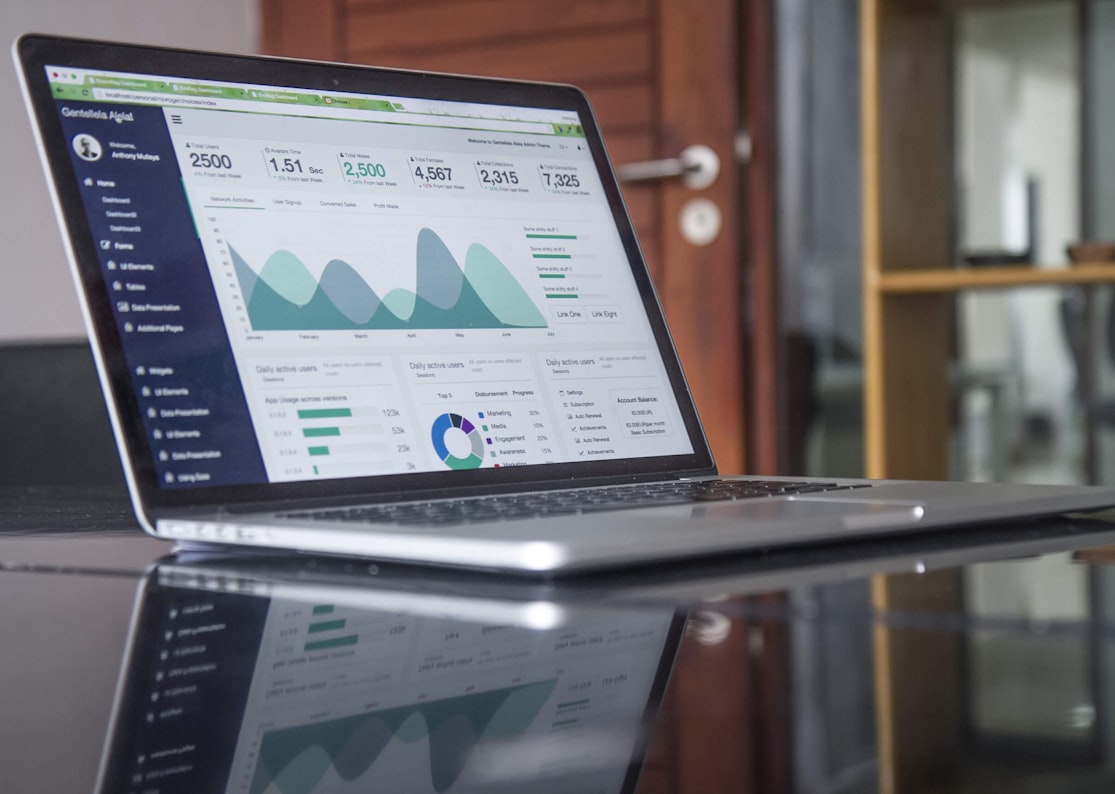Technical indicators are tools that use past market data, such as price and volume, to predict future market trends and identify potential trade opportunities. There are many different technical indicators that can be used, and they can be grouped into several categories, such as trend indicators, momentum indicators, volatility indicators, and others.
Here are a few examples of how some commonly used technical indicators can be used to identify trade opportunities:
Moving averages: These indicators take the average of a security's price over a set period of time, such as 50 days or 200 days. When the short-term moving average (e.g. 50-day) crosses above the long-term moving average (e.g. 200-day), it can indicate that an upward trend is forming, and a potential buying opportunity. Conversely, when the short-term moving average crosses below the long-term moving average, it can indicate that a downward trend is forming and a potential selling opportunity.
Relative Strength Index (RSI): This indicator compares the magnitude of recent gains to recent losses, and it can help to identify overbought and oversold conditions. When the RSI is above 70, it can indicate that the security is overbought and a potential selling opportunity. Conversely, when the RSI is below 30, it can indicate that the security is oversold and a potential buying opportunity.
Bollinger Bands: These indicators are made up of a moving average, an upper band and a lower band, and they can indicate whether a security is trading at relative highs or lows. When the price of a security moves outside of the upper band, it can indicate that the security is overbought, and a potential selling opportunity. Conversely, when the price of a security moves outside of the lower band, it can indicate that the security is oversold and a potential buying opportunity.
Stochastic Oscillator: This indicator compares the current closing price to the high-low range over a set period of time, and it can help identify overbought and oversold conditions. When the indicator is above 80, it can indicate that the security is overbought and a potential selling opportunity. Conversely, when the indicator is below 20, it can indicate that the security is oversold and a potential buying opportunity.
MACD: Moving average convergence divergence, measures the relationship between two moving averages of prices and is used to identify a new trend or momentum in the market. A bullish signal is generated when the MACD crosses above the signal line and a bearish signal is generated when it crosses below it.
It's important to note that technical indicators are based on past data and that past performance does not guarantee future results. Also, different indicators may give different signals in different contexts. Additionally, technical indicators should be used in conjunction with other analysis methods, such as fundamental analysis and market sentiment analysis to make more informed trading decisions. It's also important to not rely too much on any one indicator, but rather use a combination of indicators to confirm trends and to minimize false signals.


0 Comments